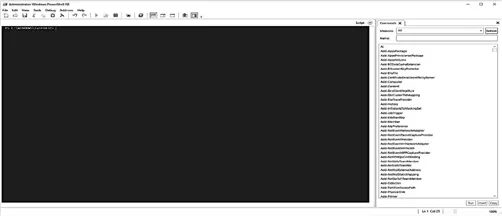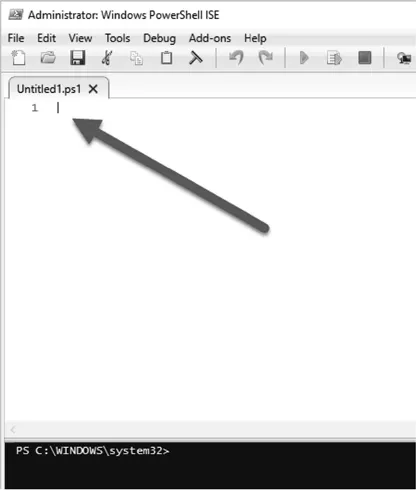
- 215 pages
- English
- ePUB (mobile friendly)
- Available on iOS & Android
Learning PowerShell
About this book
Learning PowerShell is a custom-built, handcrafted, painstakingly curated book designed to get you from total PowerShell newbie to confident PowerShell user in as little as four weeks. This book assumes no prior knowledge, perfect for non-developers and GUI addicts who recognize that PowerShell is the future but need a good bit of handholding to achieve mastery. It is also a simple guide for the hundreds of thousands of PowerShell users who have not attained the level of PowerShell knowledge that they really need.
With Learning PowerShell at your side, you will see that you don't have to be a developer to use PowerShell and you don't need to be a scripting wizard to derive value from integrating PowerShell into your daily administrative activities. The book is a learning resource that covers every topic worth discussing for a PowerShell beginner, with a depth of explanation unparalleled by any book currently on the market. With this book, you don't have to have a lot of time to learn the language and you can begin applying what you master almost immediately. Even skeptics of PowerShell, and command lines in general, will come away with a renewed sense of respect for the language and ideas on how to put it to use.
Frequently asked questions
- Essential is ideal for learners and professionals who enjoy exploring a wide range of subjects. Access the Essential Library with 800,000+ trusted titles and best-sellers across business, personal growth, and the humanities. Includes unlimited reading time and Standard Read Aloud voice.
- Complete: Perfect for advanced learners and researchers needing full, unrestricted access. Unlock 1.4M+ books across hundreds of subjects, including academic and specialized titles. The Complete Plan also includes advanced features like Premium Read Aloud and Research Assistant.
Please note we cannot support devices running on iOS 13 and Android 7 or earlier. Learn more about using the app.
Information
Chapter 1
Getting Started and Setting Up
Valid Platforms and Versions

Two Important PowerShell Tools
The PowerShell Integrated Scripting Environment (ISE)


IntelliSense


Get-EventLog that will look inside the event logs that Windows keeps to track what happens on your system. Part of that command is specifying which event log you want to look at, and since Windows can generate and log a lot of events, you probably are ever interested only in a pretty small subset of all the events available in any one event log. So again, just taking my word for it now, I will show you how to puzzle through finding commands and thinking about what command to use when in this book, so fret not. The command we want to use is
LogName, you will see the other parameters you can enter come up. As you type Security and hit Tab, you will see a list of event logs from which you can choose. This sort of visual representation of the universe of PowerShell, but put into a really context specific perspective, can be invaluable as you are learning PowerShell and getting your head around it.Getting the ISE Set Up
Table of contents
- Cover
- Title Page
- Copyright
- Acknowledgements
- Contents
- Chapter 1: Getting Started and Setting Up
- Chapter 2: The Basics of PowerShell
- Chapter 3: The PowerShell Pipeline
- Chapter 4: PowerShell Providers, Modules, and Snap-ins
- Chapter 5: The Complete Beginner’s Guide to Objects
- Chapter 6: Filtering and Limiting
- Chapter 7: Creating Simple Scripts
- Chapter 8: More Work with Objects
- Chapter 9: To the Many, To the Few - PowerShell Remoting
- Chapter 10: Useful PowerShell Tools
- Chapter 11: Using PowerShell to Manage Office 365
- Chapter 12: Desired State Configuration
- Chapter 13: Common Administrative Tasks with PowerShell
- Appendix X: Quick Cheat Sheet of PowerShell Verbs
- Index